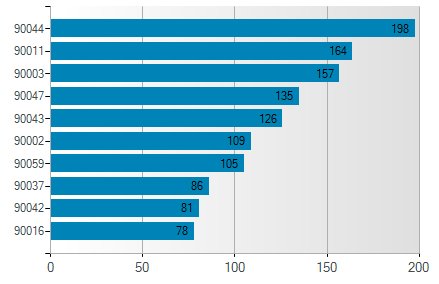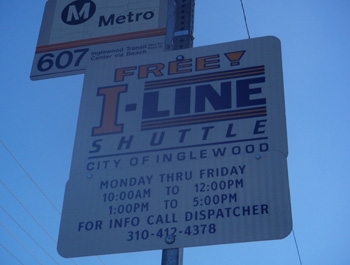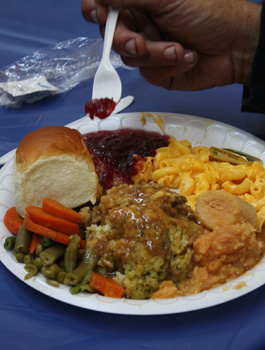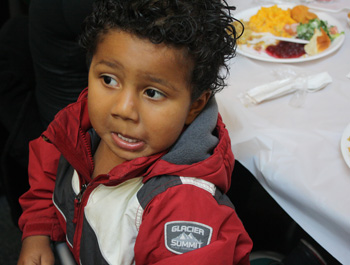 When Operation Hope started its mortgage crisis hotline in 2008, counselors logged more than 7,000 calls within the first 24 hours.
When Operation Hope started its mortgage crisis hotline in 2008, counselors logged more than 7,000 calls within the first 24 hours.
“Last year alone we received 49,000 calls for assistance,” said Jason Yancey, Director of Hope Coalition America at Operation Hope. “Our numbers are increasing. People still need help. It’s not going anywhere any time soon.”
Listen to the interview with Jason Yancey here.
The subprime mortgage crisis affected some communities more than others, says Yancey. As a former loan officer, Yancey says he witnessed first hand that predatory lending practices were trending along racial lines.
“I would see a disproportionate amount of African Americans and Latinos being given higher interest rates and being charged higher fees for the same type of loans their Caucasian or Asian counterparts were getting,” said Yancey.
In October 2010, one in every 316 housing units in Los Angeles received a foreclosure filing, according to data from Realty Trac Inc. In South Los Angeles, the number of foreclosures was double the average for the county, with one in every 105 houses being foreclosed upon in the Florence neighborhood.

“Those communities have a history of being under-served,” said Yancey. “There isn’t the option for a lot of financial literacy. There aren’t a lot of businesses serving those areas. So, unfortunately, people living in those communities don’t have a lot of options to get a home loan or to go to a corner bank to open a checking account. It’s a lot of check cashing places instead of banks in those communities. I would like to see a lot more businesses go to offer their services within these under-served communities that have been neglected.”
The mortgage crisis hotline offers “guidance and assistance” to homeowners facing foreclosure. Counselors explain legal documents and jargon, and step in on behalf of the homeowner to negotiate loan modifications with banks.
“It helps to have an advocate in anything you do in life,” said Yancey. “But specifically for this —someone with a real estate background who does this 8 hours a day and [has] relationships directly within the lenders that they’re calling.”
Listen to Jason Yancey:
To curb predatory lending, the need for more financial literacy is imperative, according to Yancey, especially in schools.
“There isn’t a lot of financial literacy that’s taught,” said Yancey. “The banks definitely played a huge part because it was foreseeable, this crisis. But the homeowner isn’t completely free. You should educate yourself.”
Without more support and outreach for under-served communities, Yancey says the number of foreclosures in Los Angeles will continue to swell.
“I would love to see it go away as soon as possible, but I don’t think it’s going to go away any time within the next three years,” said Yancey. “And that’s optimistic.”

Photo courtesy of Flickr user respres.









 Inglewood residents were relieved on Monday when the city’s free trolley service added an additional seven daily stops throughout the city. This expansion follows a year-long protest by city residents to keep the service from being eliminated by budget cuts.
Inglewood residents were relieved on Monday when the city’s free trolley service added an additional seven daily stops throughout the city. This expansion follows a year-long protest by city residents to keep the service from being eliminated by budget cuts.  Intersections South LA wants YOU to design our new logo. Entries are due by December 6th at 5pm, and the winner will receive $300!
Intersections South LA wants YOU to design our new logo. Entries are due by December 6th at 5pm, and the winner will receive $300! And on Saturday afternoon, Bales joined 300 volunteers in providing a Thanksgiving meal to an estimated 3,500 of Skid Row’s hungry.
And on Saturday afternoon, Bales joined 300 volunteers in providing a Thanksgiving meal to an estimated 3,500 of Skid Row’s hungry.  This year’s celebration differed from past ones in its location. Bales said it is usually held on San Pedro Street, but due to inclement weather, the celebration was moved inside.
This year’s celebration differed from past ones in its location. Bales said it is usually held on San Pedro Street, but due to inclement weather, the celebration was moved inside.







